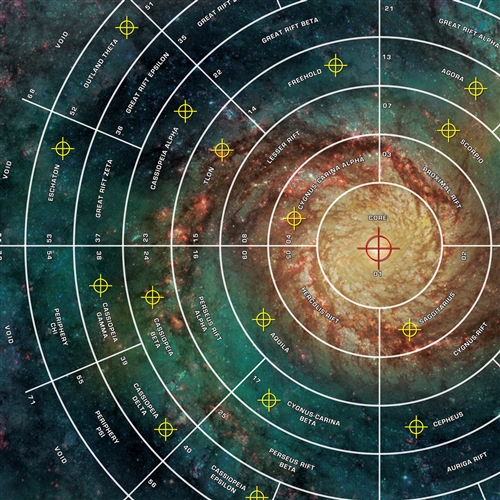


The problem is that even if it sounds compelling, in practice it’s far too dependent on the luck of the draw. And even if you are cold and calculating (not sure about the bastard part), I still doubt you’d find it particularly rewarding. If that doesn’t strike you as daunting, then you just might the cold calculating bastard this space-empire needs to keep things running. Finally, you’ll oversee a hodgepodge of actions as you try to guide the empire’s extropy to gradually push back the tide of unrest, get attacked by other aliens, send expeditions into the void, and do some end-of-turn bookkeeping. Then you’ll blast through space to put down the rebels/aliens/(enemy) imperials/non-alien invaders/ transhumans/space-monsters.

Then you’ll collect your own empire’s resources and use them to buy new starfleets, control groups (mind control and propaganda corps, in essence), colony ships, worldships, and the like. You’ll check to see if they make attacks, if they usurp your government, if they colonize new sectors, and if they bother with recruiting telethons that month. Some, like independent empires, usurpers, invaders, and rebels, will move and wreak havoc across the empire, while others will sit passively and wait for you to wrap everything else up and fly over to commit plasma genocide on their homeworlds. So you’ll draw random tiles and place them on the board, then go through each of the game’s 70+ sectors to resolve their actions. The first few of those phases are all about the placement, movement, and attacks of the “chaos” forces, representing the various dozens of forces opposed to the order of the Empire.

To illustrate, here’s the shortest possible summary of how to play Struggle for the Galactic Empire:Įach scenario is played over the course of a set number of turns (usually between 10 and 20, though one of them lasts for 5), each of which comprises 14 phases. The pristine empire, moments before it’s invaded from every conceivable angle.


 0 kommentar(er)
0 kommentar(er)
